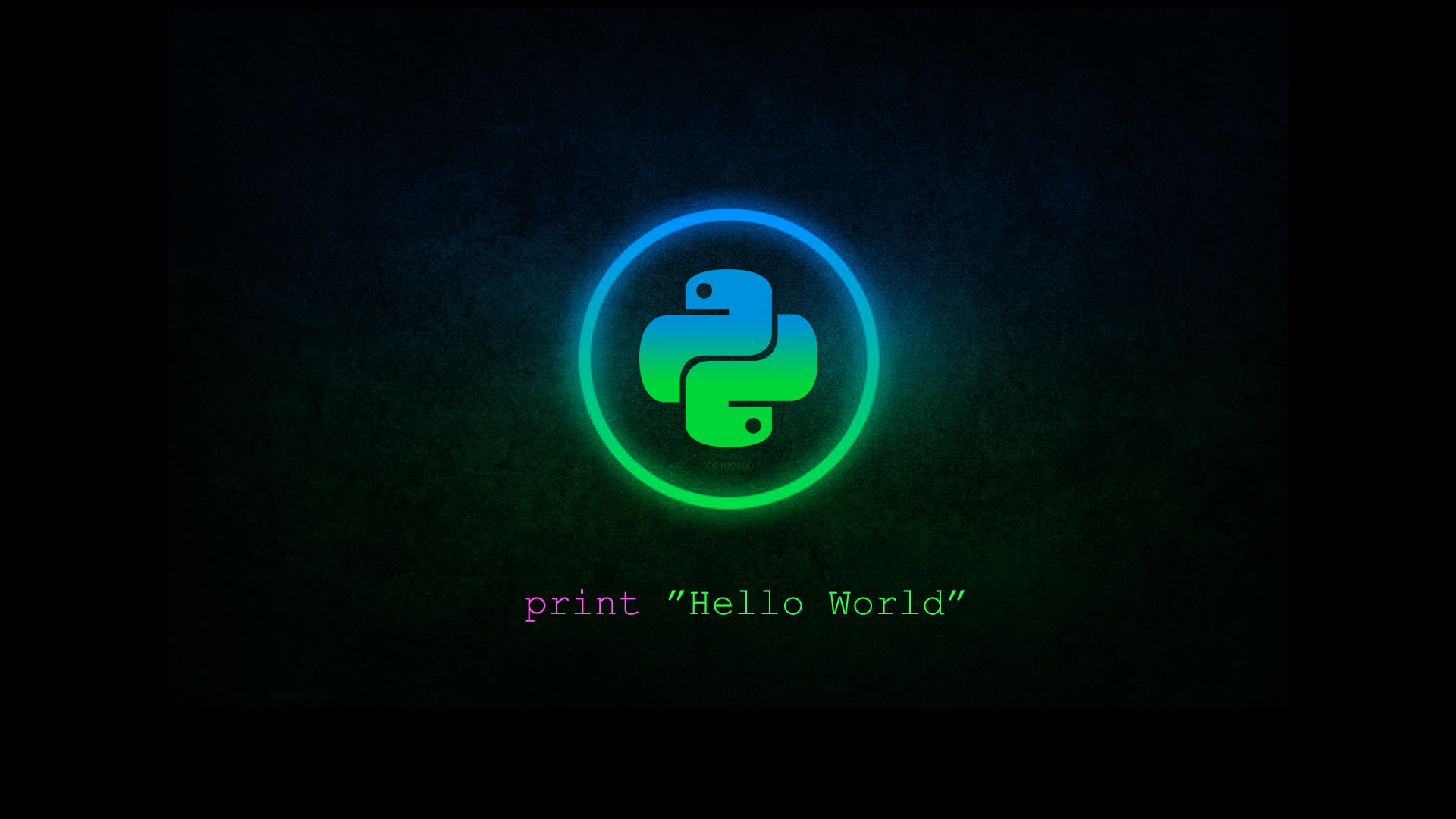A Catch In try-catch block java, Which you don't know 🤫
 SeedArt
SeedArt
A try-catch block in java is used to handle exception which in result maintain the flow of program.
try{
//your code
}catch(Exception e){
System.out.println(e);
}
The above code looks simple but if I give you another code below and ask what will the output
almost 70% people will give wrong answer.
#Assume the answer
try{
int div = 0;
int a = 10/div; //Throws arithmetic exception bcoz : / by 0 which is not possible
System.out.println(a);
}catch(Exception e){
System.out.println("first exception");
}catch(ArithmeticException e){
System.out.println("Second exception");
}
Most of the people will say the answer would be :
first exception
Second exception
But guys I let you know that this is wrong answer
Right answer is Error
java: exception java.lang.ArithmeticException has already been caught
This is because the first catch block which contains catch(Exception e) catches all the exceptions which are thrown by the code above in try block. So the second catch block becomes some how unreachable(*we actually don’t need the second catch-block because we catches all our errors in the first catch-block) and JVM throws the error java: exception java.lang.ArithmeticException has already been caught.
Subscribe to my newsletter
Read articles from SeedArt directly inside your inbox. Subscribe to the newsletter, and don't miss out.
Written by

SeedArt
SeedArt
I am a student who is extremely interested in tech okay let's not over exaggerate I am a tech enthusiast who likes to write and talk about tech and business.😎